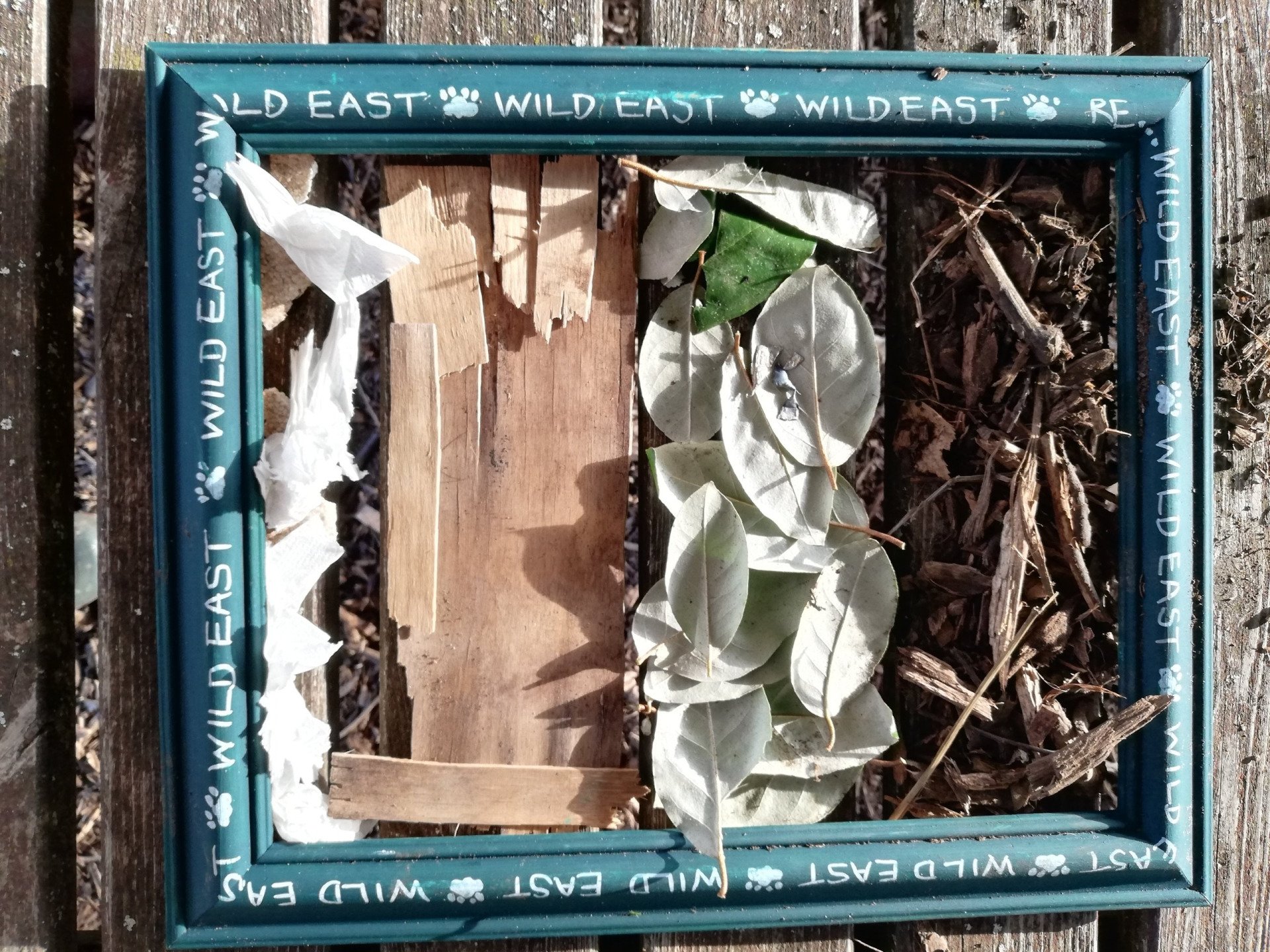ROAR: Kids Club
WildEast's first ever festival ROAR brought together pledgees from across the region to celebrate nature recovery.
From the very young - to the ever young - our amazing pledgees turned up en masse to share their stories and learn from an incredible range of speakers.
Our very own education lead Kate Jackson was also there to bring the natural world to life with her inspiring interactive sessions - as she explains here.
Bad weather never stops play! Despite some torrential downpours, all three
WildEast Kids Club children’s activities were a great
success during ROAR at Fritton Lake. Led by
WildEast Education Lead, Kate Jackson, the sessions incorporated elements of the new
WildEast Schools Programme, in addition to a range of Forest School type activities. Along with the
WildEast pledgee families visiting
ROAR, some of the children participating where local to
Fritton or staying on holiday accommodation onsite, and attended two or even three session.
By the second session, these creative youngsters were helping to plan new activity for the final club, even designing a brilliant treasure hunt. For the first two sessions, heavy rain sent everyone scurrying for cover. Lots of boisterous games where plated. The children (and parents) enjoyed getting to know you game of introducing ourselves with a truth and a fib, with the children coming up with cunning mistruths sometimes rumbled by younger siblings!

A game of Buzzard, Robin, Mouse generated lots of giggles, as children (and adults) played a dramatic version of Rock, Paper, Scissors, complete with plenty of actions and sound effects of the three species. The newly launched WildEast Classroom enabled exploration of some concepts of rewilding and the basic principles of edible forest gardens. Children used windmeters to investigate where the most sheltered spots were, compasses to guess where the sun would be (behind the cloud and rain), and torches to investigate opaque, translucent and transparent objects.
They also carried out a soil erosion experiment, to investigate the importance of plant cover and compost for drainage. The compacted soil quickly created a flood, something many families had first-hand experience of. As well as structured activities, there was plenty of time for child-led play. The discovery of some clay-like soil and leftover ice cubes from the barbecue became a small world adventure, with lots of modelling, mess and ice cube stacking and smashing!
Leaves, berries and other found items were used to create flags and bandanas with cotton and a mallet – more formally known as the Japanese art of Hapa Zome, but in this case rather less refined! The final session had a spooky Halloween theme and thankfully drier weather, enabling broomsticks to be ridden and potions to be concocted from natural items. Journey sticks were created with wool and found items like leaves and feathers, with older children supporting younger ones to learn how to wrap and tie the wool.
One child was so inspired by the events, that they wrote to their Headteacher asking for Kate to visit their school with the
WildEast Schools programme. Thanks to the child’s persuasive writing and colourful illustrations, Kate has already been in to present a whole school assembly, and will be working with one of the classes on the edible forest garden project in the new year. If you would like to encourage your local school to get involved with
WildEast Schools, the programme is free of charge. It is aimed at Lower Key Stage 2 (Years 3 or 4), and is available to schools across the Eastern region. The pilot phase has been rolled out this Autumn, with fourteen schools having already completed or part way through the initial programme. The programme has been developed and delivered by Kate Jackson, a qualified teacher, who understands the pressures facing schools.
The benefits of nature connection for children (and adults) is well researched and documented, with a huge move in recent years to incorporate Forest School provision into many Primary schools. A crowded curriculum however often means that other opportunities to take learning outdoors can be missed, and the schools programme aims to inspire greater involvement of children and staff in designing and using their school grounds. Schools are a vital part of delivering on our pledge to return 20% of land to nature, not just in terms of their own school grounds, but giving children the knowledge, skills and agency to bring about change in their own homes and communities. Every child should have the right to live in a healthy natural world.

New Paragraph
WildEast Blog

Powered by LocaliQ
Follow Us
SIGN UP FOR NEWS & UPDATES
Newsletter Sign Up
Thank you for signing up to our newsletter.
Please try again later.
Privacy / Terms & Conditions / Sitemap








